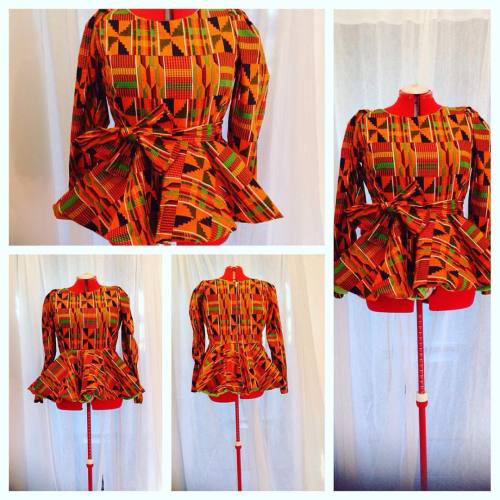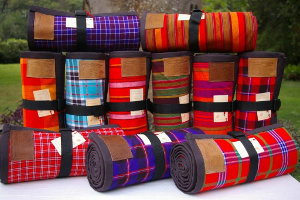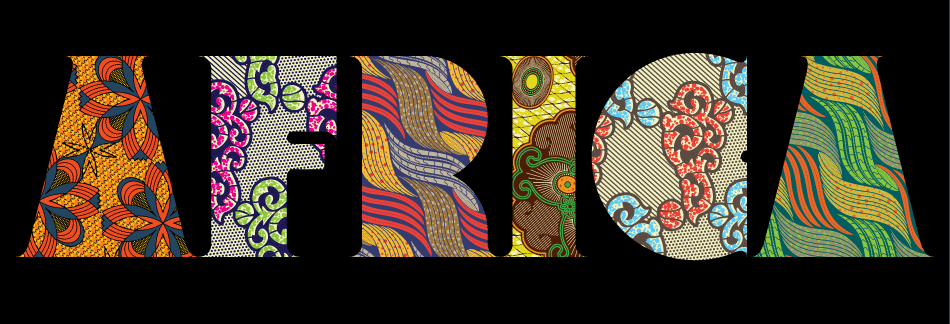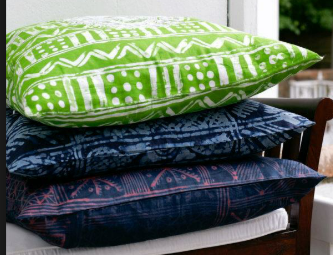‘It’s great, it’s colorful and very soft. You can make any design out of it, you slay in it whenever and in whatever style you make out of it’. – The African print.
This is the best design that has ever and will ever happen to the fashion industry. It is everywhere. The beauty of the print is in it different design and dimension. Right from Ankara, Kente, Adire and Bogolan in West Africa to Kikoy. Shuka and Kanga in east Africa down to Shweshwe in South Africa.
African Prints has always been a fabric of elegance close to the heart of Africans. It is a colorful fabric with a lot of tribal patterns printed on it.
We going to be exploring the different types of the African fabric and various trendy designs that have been made out of it.
Kikoy
Kikoys are a traditional garment unique to the coast of East Africa. A kikoy/ kikoi is traditionally a male garment worn like a sarong, however the dyes have got better and the colours evolved so that now both modern day men and women use kikoys. Kikoys have been woven with 100% combed cotton using traditional methods. The common and striking thing about kikoy fabric is that it is almost always bright, bold and colourful.
In recent years Kikoys are worn by men, women and children alike and it has adapted to the modern style and fashion. So versatile, they can be used as beach towels, towels for the sauna, beach wraps, picnic blankets, scarves, shawls, table cloths, wall hangings, baby wraps, skirts, shorts, bags and curtains.



Kente
One of the most sumptuously coloured textiles used for clothing is Ghanaian kente cloth, made by Asante and Ewe weavers using specially designed looms. Kente was probably introduced from the western Sudan during the 16th century, when heavy, elaborate, labour-intensive versions of this fabric were designed for wealthy tribal chiefs and simpler designs became available for the general citizenry. Kente is woven in four-inch (9.5 cm) narrow strips that are sewn together. A characteristic Asante’s kente has geometric shapes woven in bright colours along the entire length of the strip, while Ewe kente often displays a tweed effect by plying together different coloured threads in many of the warps. Ewe kente may also incorporate pictorial symbols.



Adire
Adire is the name given to indigo dyed cloth produced by Yoruba women of south western Nigeria using a variety of resist dye techniques. Adire translates as tie and dye, and the earliest cloths were probably simple tied designs on locally-woven hand-spun cotton cloth much like those still produced in Mali. In the early decades of the twentieth century however, the new access to large quantities of imported shirting material made possible by the spread of European textile merchants in certain Yoruba towns, notably Abeokuta, enabled women dyers to become both artists and entrepreneurs in a booming new medium. New techniques of resist dyeing were developed, most notably the practice of hand-painting designs on the cloth with a cassava starch paste prior to dyeing. This was known as adire eleko. Alongside these a new style was soon developed that speeded up decoration by using metal stencils cut from the sheets of tin that lined tea-chests.


BoGoLan
Bogolan is the quintessential West African textile, also called mud-cloth, made in a large part of sub Saharan West Africa, although particularly associated with Mali and above all the river Niger. Traditionally the textile is made using narrow strips of cotton cloth woven on looms in the villages producing ca 15 cm wide cloth, which is then sewn together by hand to produce a fabric wide enough to make into clothing etc.


Kanga
Kanga originated on the coast of East Africa in the mid-19th century. Kanga designs have evolved over the years, from simple spots and borders to a huge variety of elaborate patterns of every conceivable motif and colour. The kanga is a 1.5 piece of printed cotton fabric and it often has a border along all sides. In the eastern region the border is printed with phrases, traditionally in Kiswahili and in central areas phrases in Lingala and Kiswahili are popular. On a longer border there is often a message in Swahili. The message is called the jiina (‘name”) of the kanga and messages are often riddles or proverbs.



Shuka
The Shuka is a very colorful and fine Fabric. The Maasai are an ethnic group of semi-nomadic people inhabiting southern Kenya and northern Tanzania. One of the traditional forms of clothing chosen by the Maasai is the Shuka. It was initially made out of animal skins, mostly cowhide but never elephant skin, but cotton is now the main material. Maasai shuka is a protective and decorative fabric made of hand woven cotton, belonging to Kenya. Shuka woven in bright colours and plaid, is an accessory used in fashion for men and women at the present time. Shuka a beautiful example of African handicrafts, basically used as safari blanket due to the feature of keeping warm. Maasai shuka is always woven in vivid red by blending with black, blue or another main color.
It is also used as bath towel, scarf or home decoration accessory. Also top designer Louis Vuitton has a Shuka creation.





Feel free to add other types of African prints out there. Proudly African


